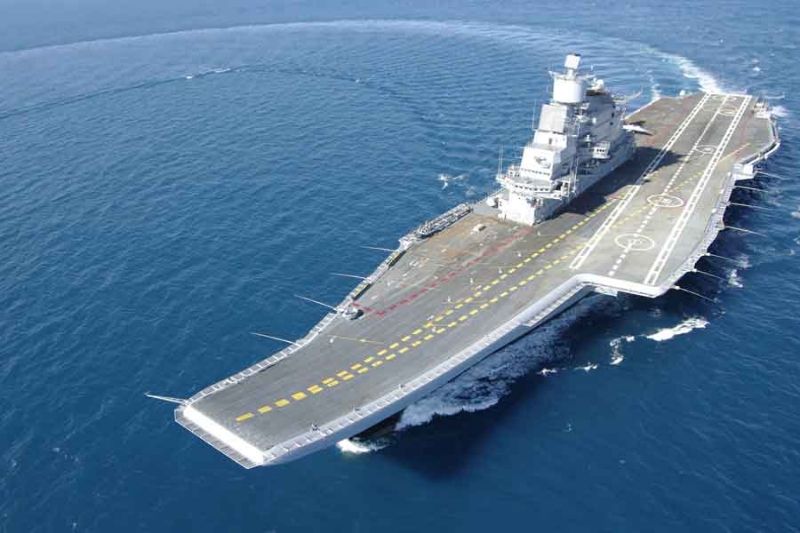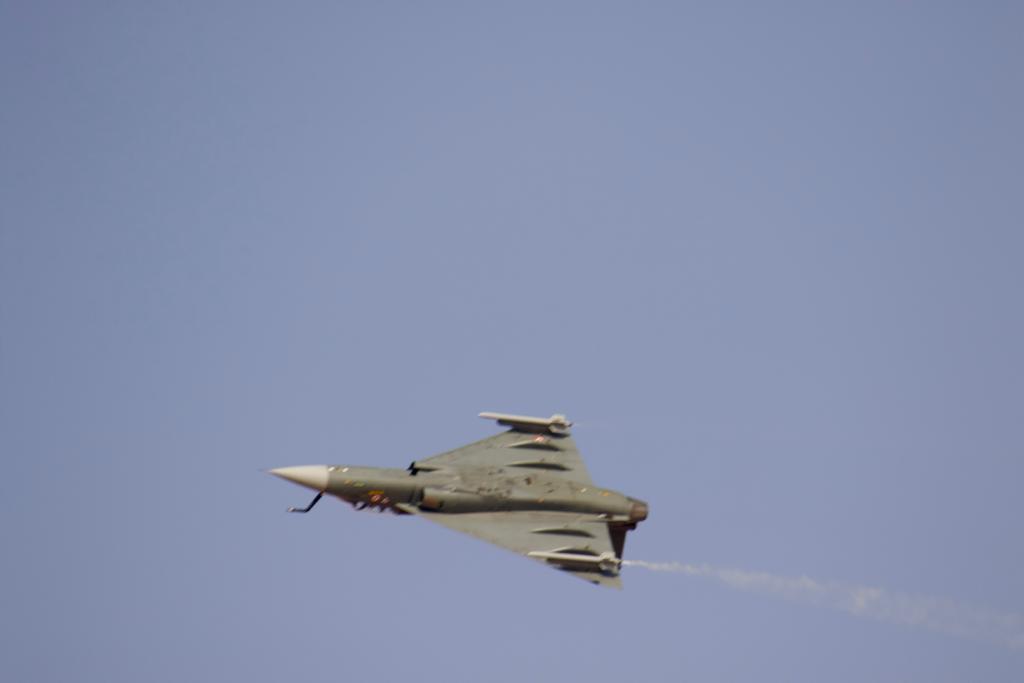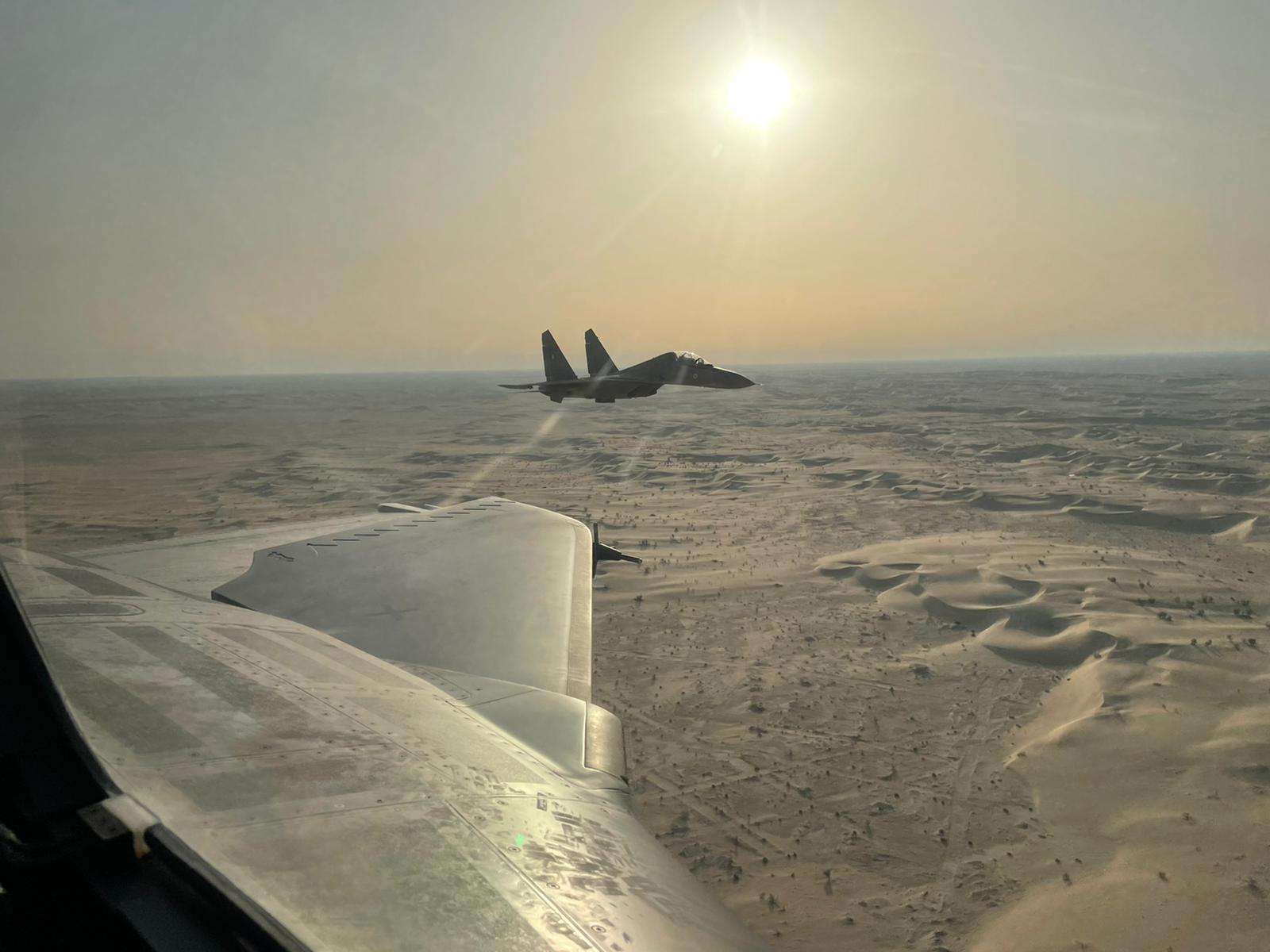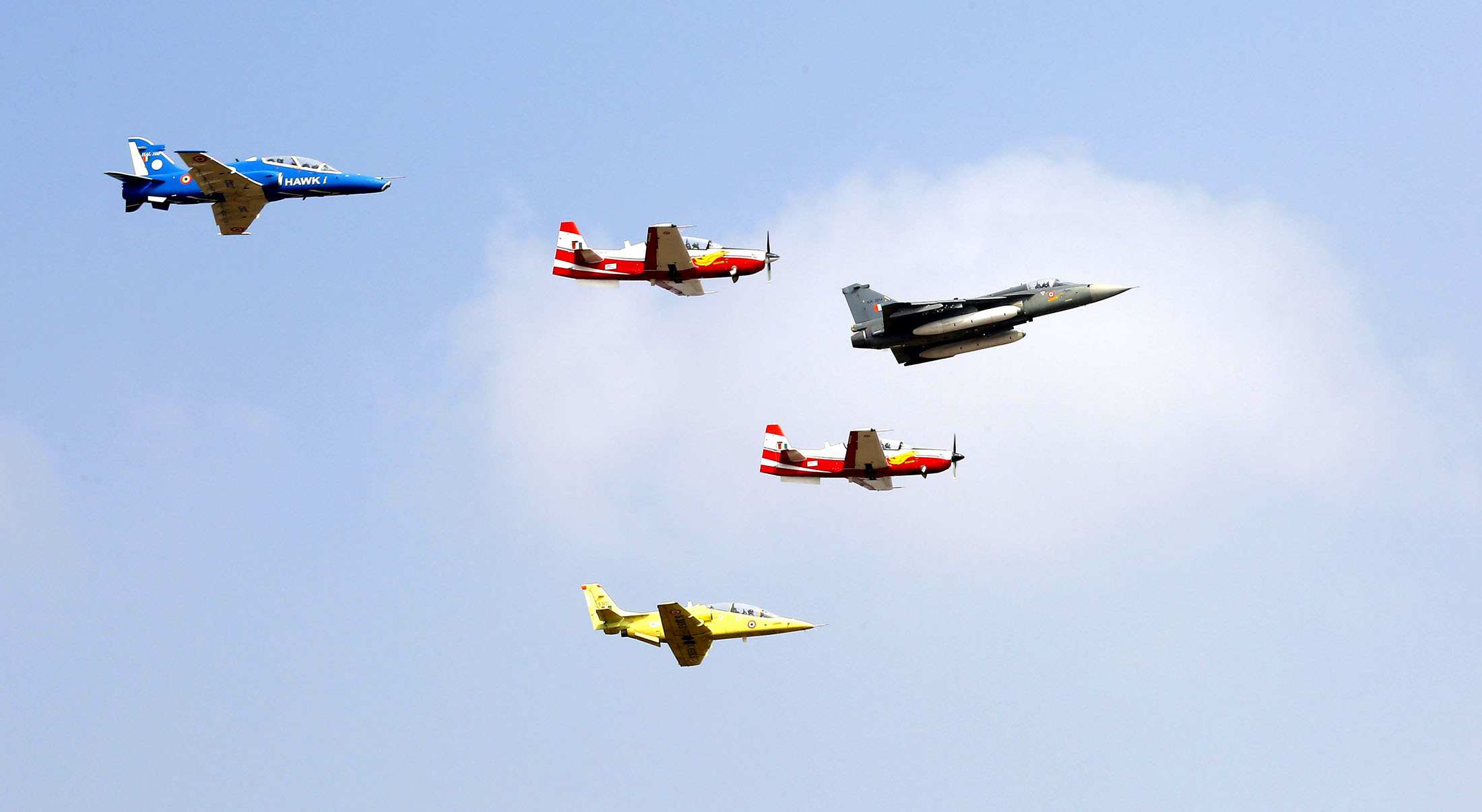Aircraft Carrier INS Vikramaditya
SlideShow | ThumbnailsProject 11430 Admiral Gorshkov was put in hibernation after her last sailing in 1995. With most of her equipment lying un-utilised since then, the task of breathing life and converting her from a VTOL (Vertical Takeoff and Landing) missile cruiser carrier to a STOBAR aircraft carrier involved substantial degutting, equipment removal, refit and re-equipping. The major works envisaged were modification of flight deck to include ski-jump and arrester gear; modification of bulbous bow, aft aircraft lift & ammunition lifts; modification of 1750 out of 2500 compartments; installation of new main boilers; installation of new and additional Diesel Generators; replacement of existing distilling plants; fitment of Reverse Osmosis plants, new AC plants and Refrigeration plants and installation of new sensors and equipment. In 2007, as the refit and repair of the ship was in progress, the yard realized that the scope of work was much larger than initially estimated and so a revised timeline for completion of the task of modernization was agreed upon by both Russian and Indian sides. With a revised timeline the delivery of ship was expected by end 2012. Creation of Ski Jump Creation of the flight deck with structural modification to convert the VTOL carrier to a STOBAR carrier was the most intricate and arduous. The task involved installation of Sponsons to increase the breadth at the Flight Deck and a fitment of a new 14 degree Ski jump, strengthening of arresting gear area, strengthening of run way area and elongation of the aft end to generate the required length of landing strip aft of the arresting gear. In all 234 new hull sections were installed to achieve the desired shape. Total steel work for carrying out structural modification on flight deck amounted to 2500T. Modification of Super structure The superstructure was modified to accommodate a host of sensors and equipment such as radars, Electronic Warfare suite and Action Information Organisation system and other systems to suit the requirements of ship borne fighters and rotors. A very unique structural modification that was carried out on board the ship was the installation of the aft mast for accommodating various communication antennae. Machinery Modification Vikramaditya in its older avatar was powered by boilers fuelled by heavy oil, FFO. The re-equipping included replacement of these old boilers with state of the art boilers utilizing LSHSD and providing a steam capacity of 100 Tonnes per Hour each. Electrical re-cabling The initial estimate included replacement of only 1400 kms of old cable with new cables. However, as degutting progressed and confined spaces were accessed it was realised that an additional 900 kms of cable will need to be replaced. Finally the mammoth task involved replacing 2300 kms of cable, which is a little short of half of the entire coastline of India. Outfitting The modification plan of Vikramaditya was not restricted to the gears and sparks alone. The change also necessitated revamp of the living spaces and galleys to cater to the needs of the Indian men in uniform. Of 2500 a total of 1750 compartments were completely re-fabricated. A host of new galley equipment suited for preparation of Indian food like dosas and chapatis was also installed. Arrestor and Restraining Gears The conversion of VTOL carrier to STOBAR involved fitment of three 30m wide arrester gears and three restraining gears. Installation of these equipment not only involved modification and strengthening of the flight deck but also changes to internal layout of compartments. Summary To sum it up, a total of 234 new hull sections were fabricated using 2500 tonnes of steel which is almost equivalent to the standard displacement of a mid-size frigate. Repair and re-equipping of Vikramaditya to give a new lease of life as a full- fledged carrier was no mean task and was probably as demanding a task as constructing a similar tonnage ship from the drawing board. The task was enabled by the expertise and experience of the Russian designers and yard workers working hand in glove with Indian experts. The extreme cold weather conditions of winter only made the work environment harder. At the end of this refit, spanning a little short of a decade, Vikramaditya has metamorphosed into a fully capable and potent platform. Rise of the Phoenix … Vikramaditya sailed for the first time under own power at 1200 hrs on 10 Jun 12, after a gap of about 17 years.







